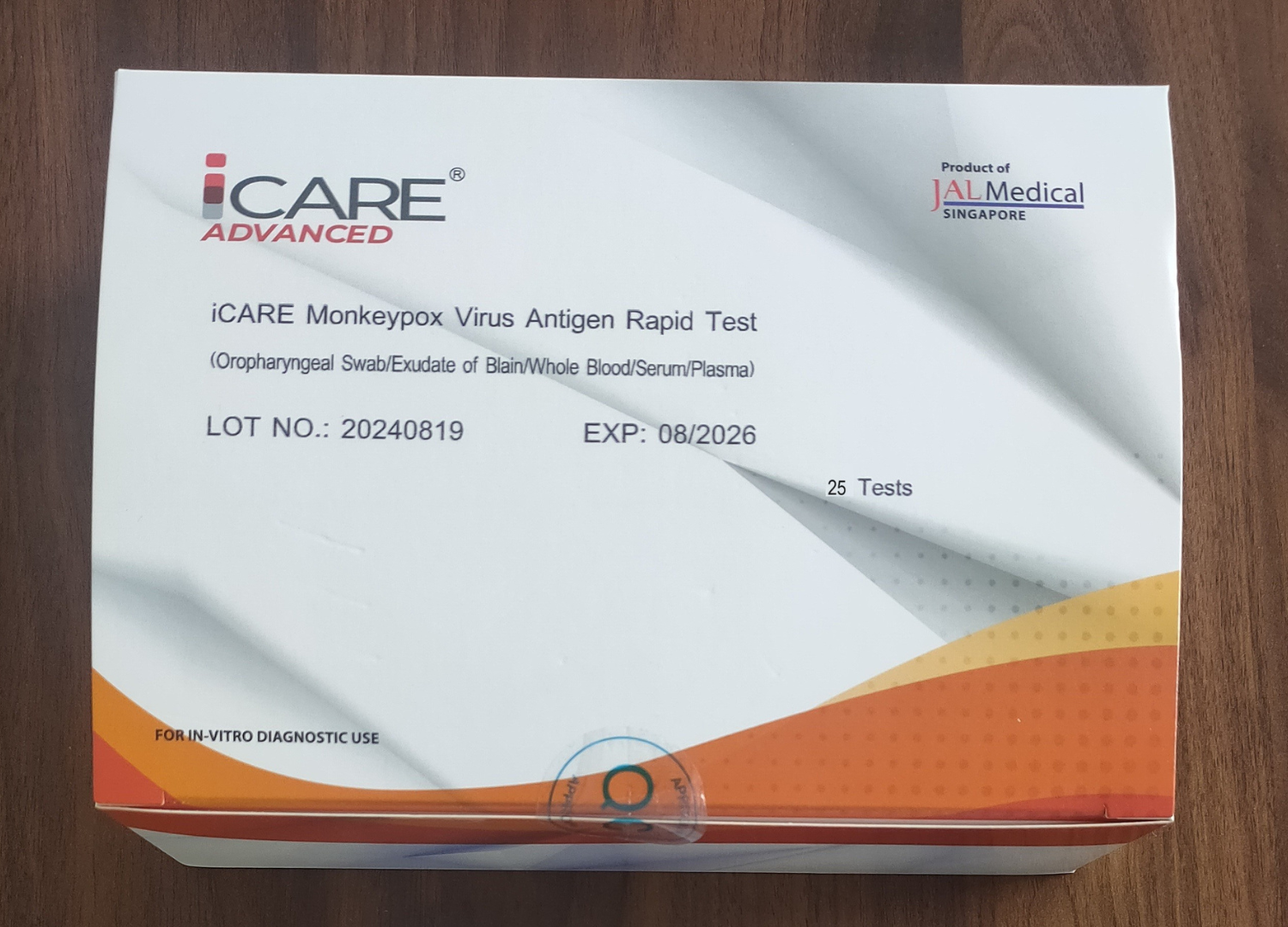Table of Contents
Multi-drug screening tests are widely used tools for detecting the presence of drugs or other substances in an individual’s system. These tests are essential in various settings, including workplaces, law enforcement, healthcare, and even personal use. This article provides answers to some of the most frequently asked questions about multi-drug screening tests.
What is a Multi-Drug Screening Test and how does it work?
A multi-drug screening test is a diagnostic tool used to detect the presence of multiple drugs or their metabolites in a person’s system. These tests are designed to screen for a wide range of substances in a single test, providing quick results. They typically work by detecting specific metabolites, which are chemicals produced when the body processes drugs. The test can identify substances through various sample types such as urine, saliva, blood, or hair.
Which drugs can be detected through a Multi-Drug Screening Test?

Multi-drug screening tests can detect a broad range of substances, including:
- Illegal drugs: Cocaine, marijuana (THC), heroin, methamphetamine, ecstasy, and more.
- Prescription medications: Oxycodone, hydrocodone, benzodiazepines, and others.
- Over-the-counter drugs: Some multi-drug tests can also detect certain over-the-counter medications that may contain psychoactive substances.
The exact drugs tested depend on the panel used in the screening process. There are multi-panel tests that can detect up to 12 or more substances in one go.
What are the common applications of a Multi-Drug Screening Test in the workplace?
In the workplace, multi-drug screening tests are commonly used to:
- Ensure employee safety: Testing for drugs helps maintain a safe work environment, especially in industries like construction, transportation, and manufacturing where safety is a priority.
- Compliance with regulations: Many industries, particularly those governed by federal or state regulations, require drug testing to comply with workplace safety laws.
- Pre-employment screening: Employers often use multi-drug tests during the hiring process to ensure candidates are not using illicit substances.
- Random and post-accident testing: Employers use these tests for random checks or after workplace accidents to ensure substance abuse is not a contributing factor.
Is the Multi-Drug Screening Test legally recognized in different countries?
Yes, multi-drug screening tests are legally recognized in many countries, though the regulations may vary by region. Here are a few countries where these tests are commonly recognized and regulated:
- United States: Multi-drug screening tests are legally used in workplaces, law enforcement, and healthcare settings. The Department of Transportation (DOT) and other regulatory bodies require drug testing in certain industries.
- Canada: These tests are used in workplaces and legal settings, especially for post-accident testing and random screening.
- United Kingdom: Drug testing is common in the workplace and for certain sports organizations.
- Australia: Drug testing is regulated in workplaces, particularly in safety-sensitive industries.
- European Union: The EU has various regulations regarding workplace drug testing, with some countries like Germany and the Netherlands implementing drug screening in certain sectors.
How long after drug use can a Multi-Drug Screening Test detect substances?
The detection window depends on the substance used, the test type, and the sample. For example:
- Urine tests: Typically detect drugs from 1-7 days after use, though heavy or chronic use can extend this window.
- Saliva tests: Generally detect drugs for up to 1-2 days after use.
- Hair tests: Can detect drugs for up to 90 days, depending on the drug and usage pattern.
- Blood tests: Usually detect drugs for 1-2 days after use, although some drugs may be detectable for a longer time.
What sample types are used for a Multi-Drug Screening Test – urine, saliva, hair, or blood?
Multi-drug screening tests can be conducted using various sample types, each with its own advantages:
- Urine: The most commonly used sample, offering a broad detection window for most drugs.
- Saliva: Offers a quick, non-invasive way to test for recent drug use.
- Hair: Useful for detecting long-term drug use and providing a window of detection up to 90 days.
- Blood: Often used for more immediate or acute testing, offering a narrow detection window but high accuracy.
How quickly can Multi-Drug Screening Test results be obtained?
- Instant tests: Many multi-drug screening tests, especially those done with urine or saliva samples, provide results within 5-10 minutes.
- Lab-based tests: If a test is sent to a laboratory for confirmation, results typically take 1-3 days, depending on the type of test and the laboratory’s processing time.
What is the difference between an instant Multi-Drug Screening Test and a lab-based test?
- Instant Multi-Drug Screening Test: These tests provide quick results using simple devices like dipsticks or cassette tests. While fast, they may not be as accurate and may require confirmation via a lab-based test if the results are positive.
- Lab-based Tests: These tests are more accurate, utilizing techniques like gas chromatography-mass spectrometry (GC-MS). They take longer to produce results but offer higher precision, especially for confirming substances detected in initial screenings.
Are Multi-Drug Screening Tests approved by health authorities in different countries?
Yes, multi-drug screening tests are often approved by health authorities, such as the U.S. Food and Drug Administration (FDA), Health Canada, and European Medicines Agency (EMA). These tests are regulated to ensure they meet safety and accuracy standards for public use in healthcare, law enforcement, and workplace environments.
What industries and which countries commonly use Multi-Drug Screening Tests?
Industries that commonly use multi-drug screening tests include:
- Workplace safety: Especially in high-risk sectors such as transportation, construction, and manufacturing.
- Sports: To ensure fair play and detect performance-enhancing drugs.
- Healthcare: For monitoring patients on prescribed medications and substance abuse treatments.
- Law enforcement: Used for drug testing in criminal investigations and DUI cases.
Countries such as the United States, Canada, Australia, and the United Kingdom frequently use multi-drug screening tests, along with various other countries in Europe and Asia.
How should one prepare for a Multi-Drug Screening Test?
To prepare for a multi-drug screening test, individuals should:
- Follow instructions: Ensure that the sample is collected according to the specific guidelines for the test type (e.g., urine, saliva, etc.).
- Abstain from substances: Ideally, avoid drug use for a period before the test, especially if the drug has a long detection window.
- Consult with a professional: If you’re concerned about prescription medications affecting the test results, speak to a healthcare provider beforehand.
Can prescription medications affect Multi-Drug Screening Test results?
Yes, prescription medications can sometimes lead to false positives or affect the results of a multi-drug screening test. For example, certain medications like benzodiazepines or opioids may trigger a positive result, even if the individual is not using illicit drugs. It’s important to inform the testing provider of any prescription medications you are taking before the test.
Are Multi-Drug Screening Tests used for law enforcement?
Yes, multi-drug screening tests are frequently used in law enforcement for purposes such as:
- DUI testing: Detecting alcohol and drug impairment in drivers.
- Probation and parole testing: Ensuring individuals are not using controlled substances.
- Criminal investigations: Testing substances found at crime scenes.
How often should employers conduct Multi-Drug Screening Tests?
The frequency of multi-drug screening tests in the workplace depends on the industry, company policies, and regulatory requirements. Some companies conduct random drug tests, while others may test employees after accidents, or during pre-employment or periodic checks.
Can a Multi-Drug Screening Test differentiate between legal and illegal drug use?
While multi-drug screening tests can detect both legal and illegal substances, they cannot always differentiate between substances that are legally prescribed versus illicit drugs. However, confirmatory tests (such as GC-MS) can distinguish between prescribed drugs and illicit substances.
How reliable are at-home Multi-Drug Screening Test kits?
At-home multi-drug screening test kits can provide quick results, but they may not be as accurate as laboratory-based tests. They are typically designed for personal use and may not be as reliable for official purposes. Always consult a healthcare professional or confirmatory lab test if you receive a positive result.
What should be done if a Multi-Drug Screening Test result is positive?
If a multi-drug screening test result is positive, it’s essential to undergo a confirmatory test at a certified laboratory. This test will provide a more accurate and reliable result. If the result is confirmed positive, it may be necessary to address the substance use issue, depending on the context (workplace, legal, or personal).
Conclusion
Multi-drug screening tests are essential tools for detecting drug use in a variety of settings. Whether in the workplace, healthcare, or law enforcement, these tests provide valuable insights into an individual’s drug use history. By understanding the working principles, applications, and challenges of multi-drug screening, businesses, healthcare professionals, and individuals can better navigate the complexities of drug testing and its implications.








